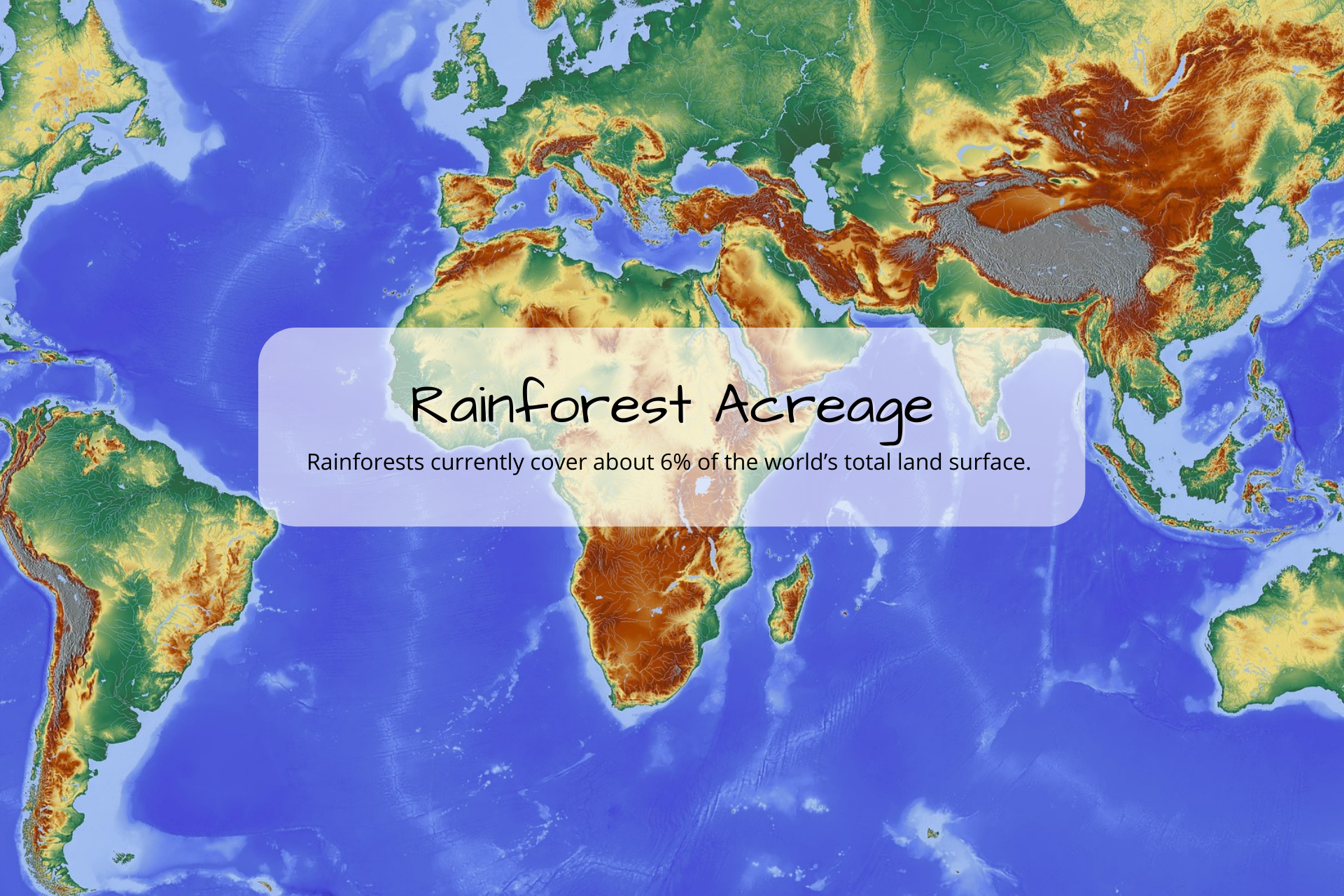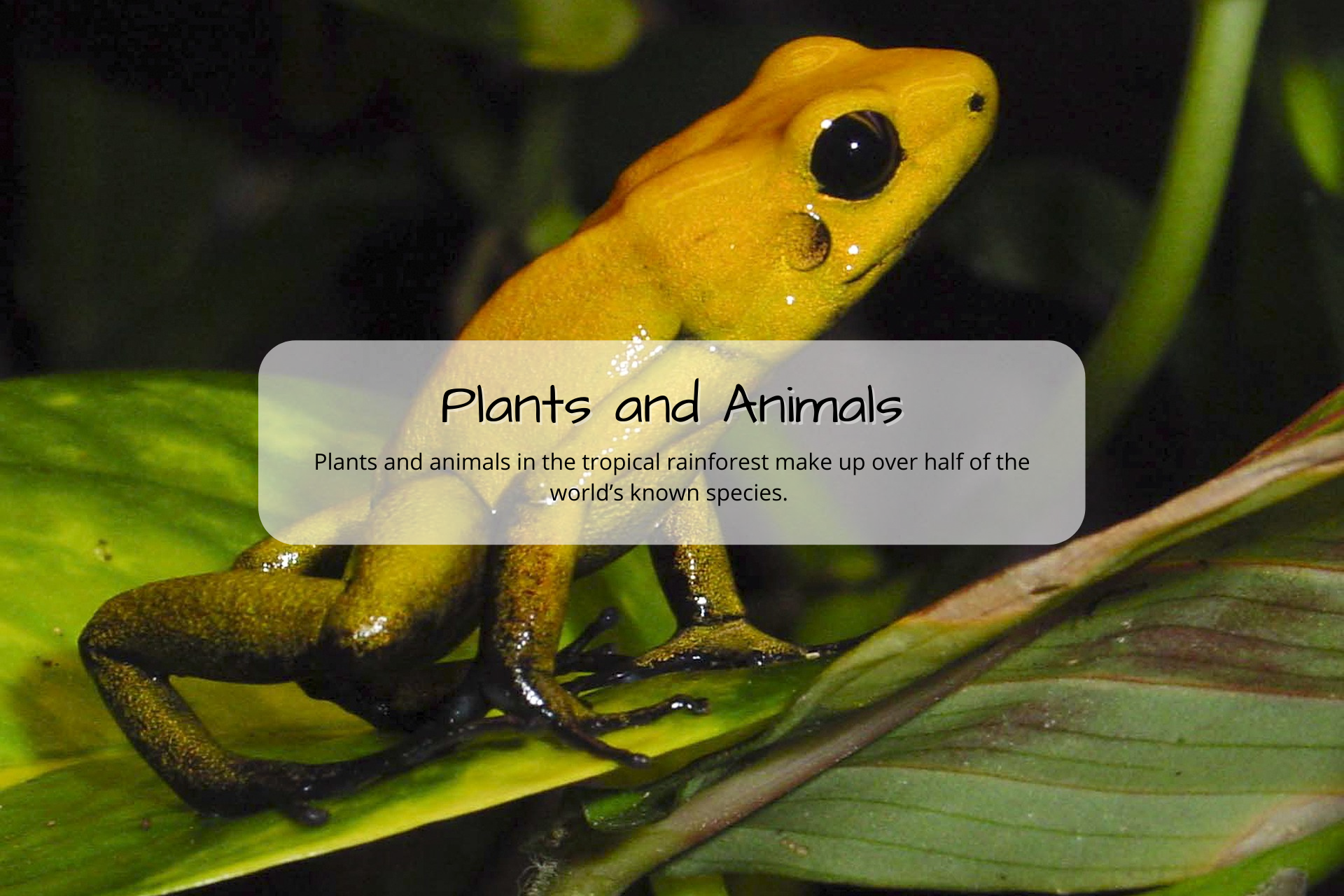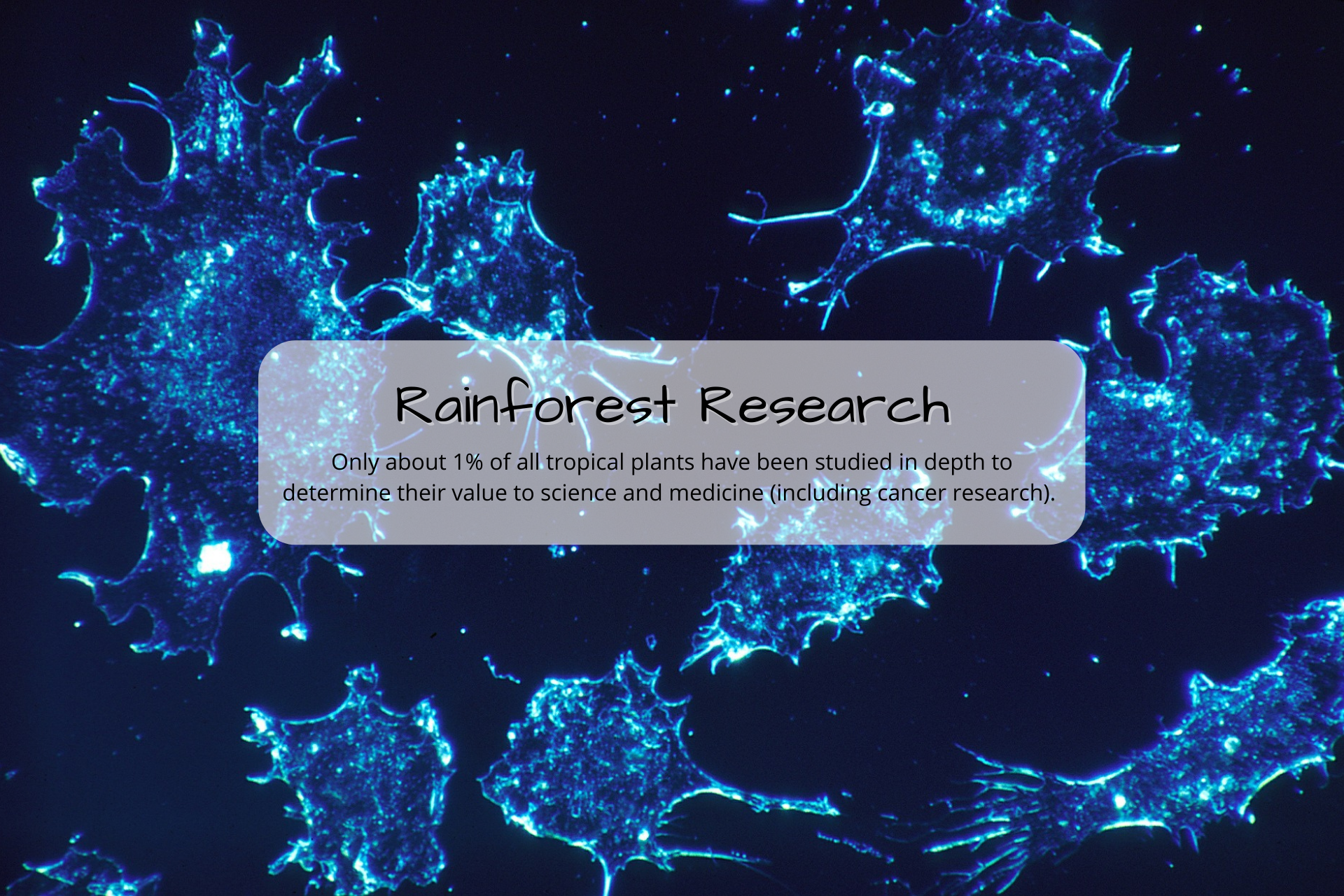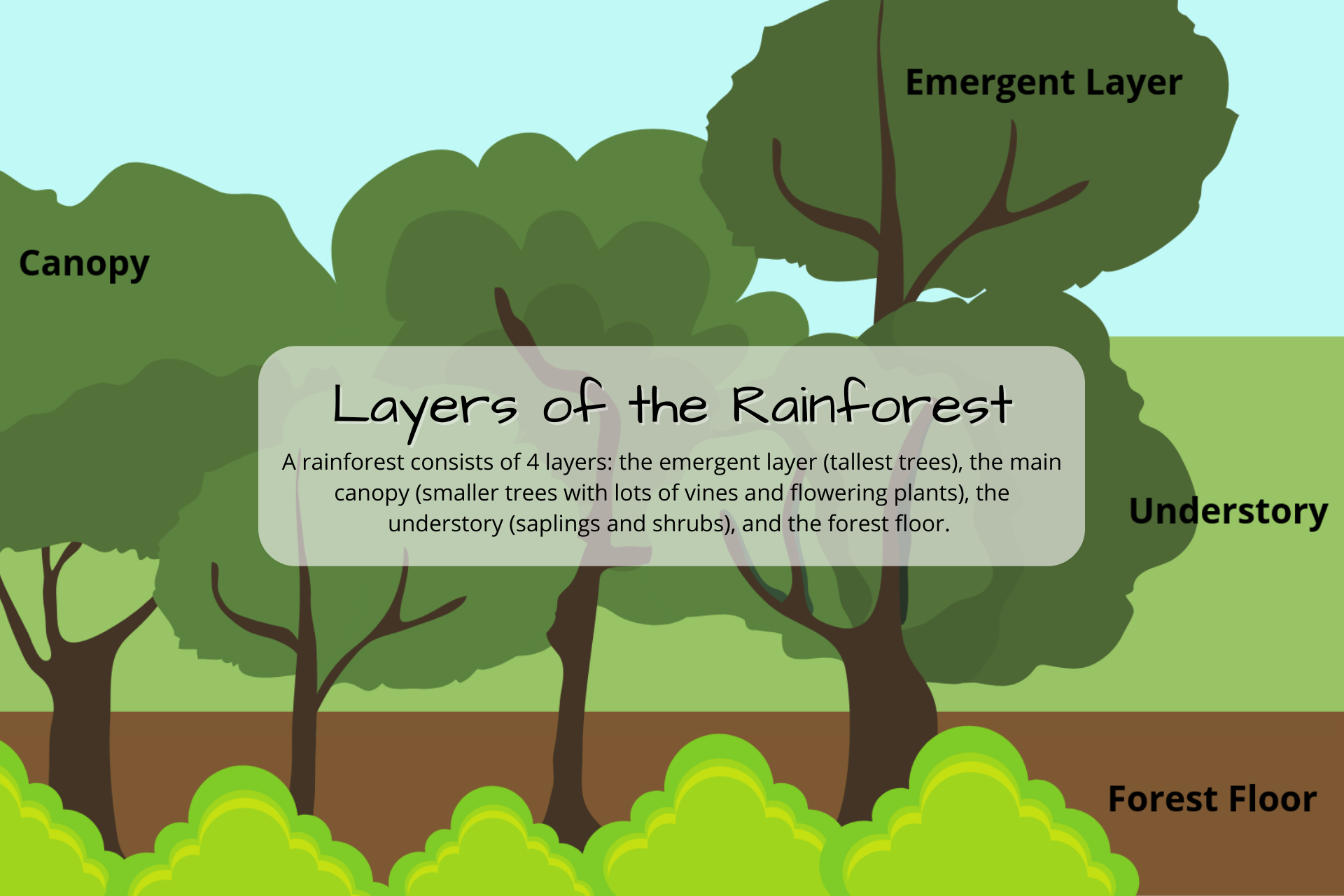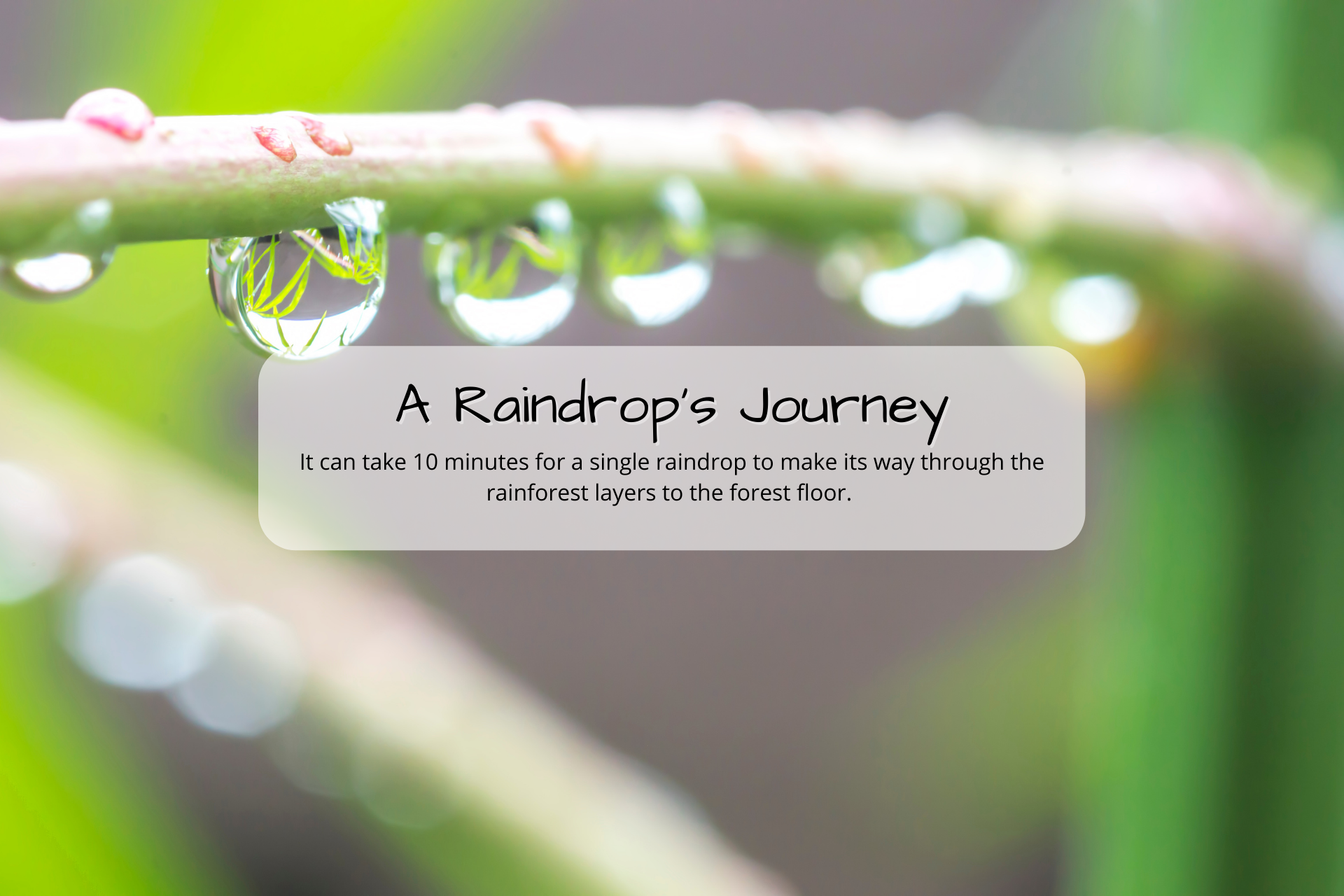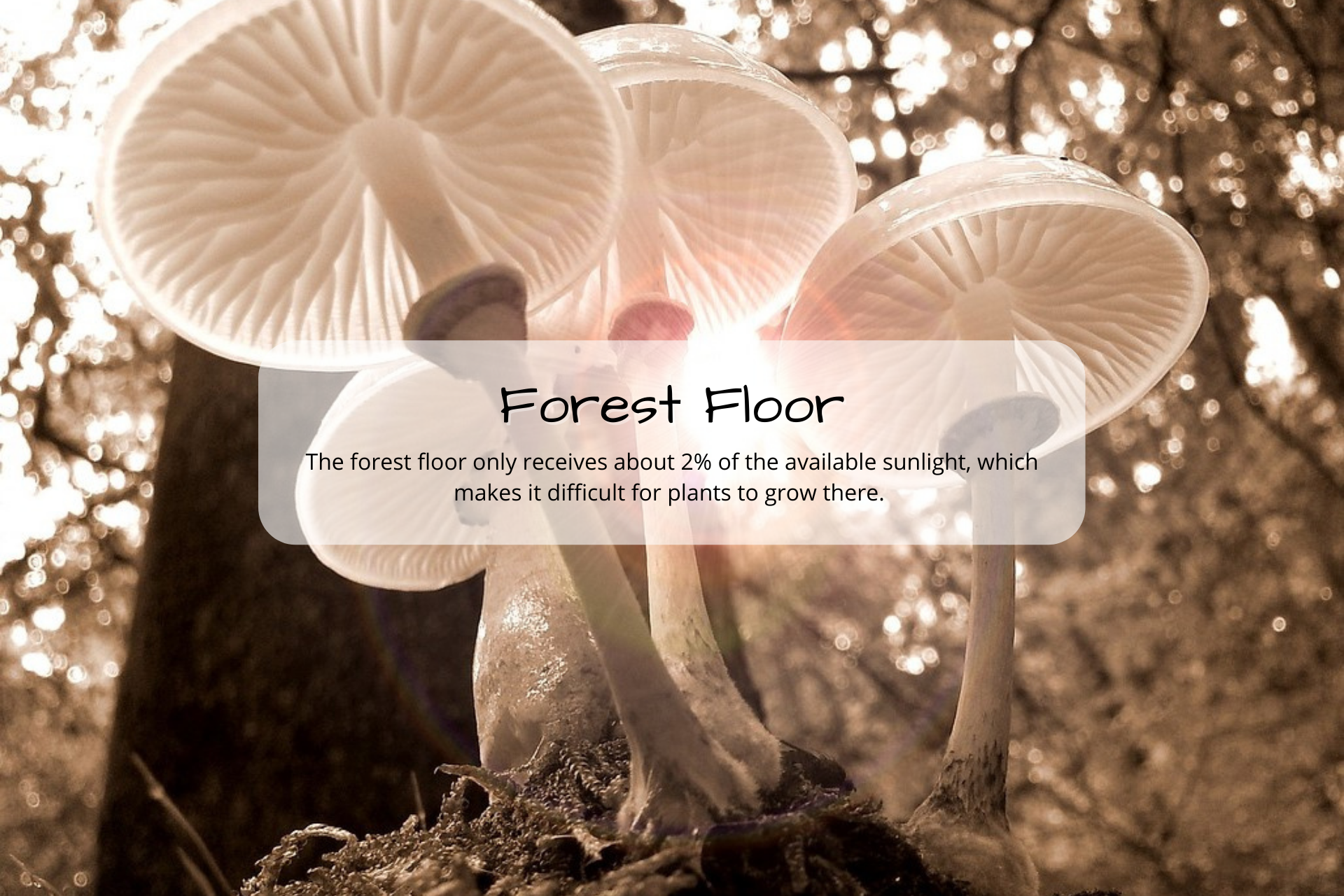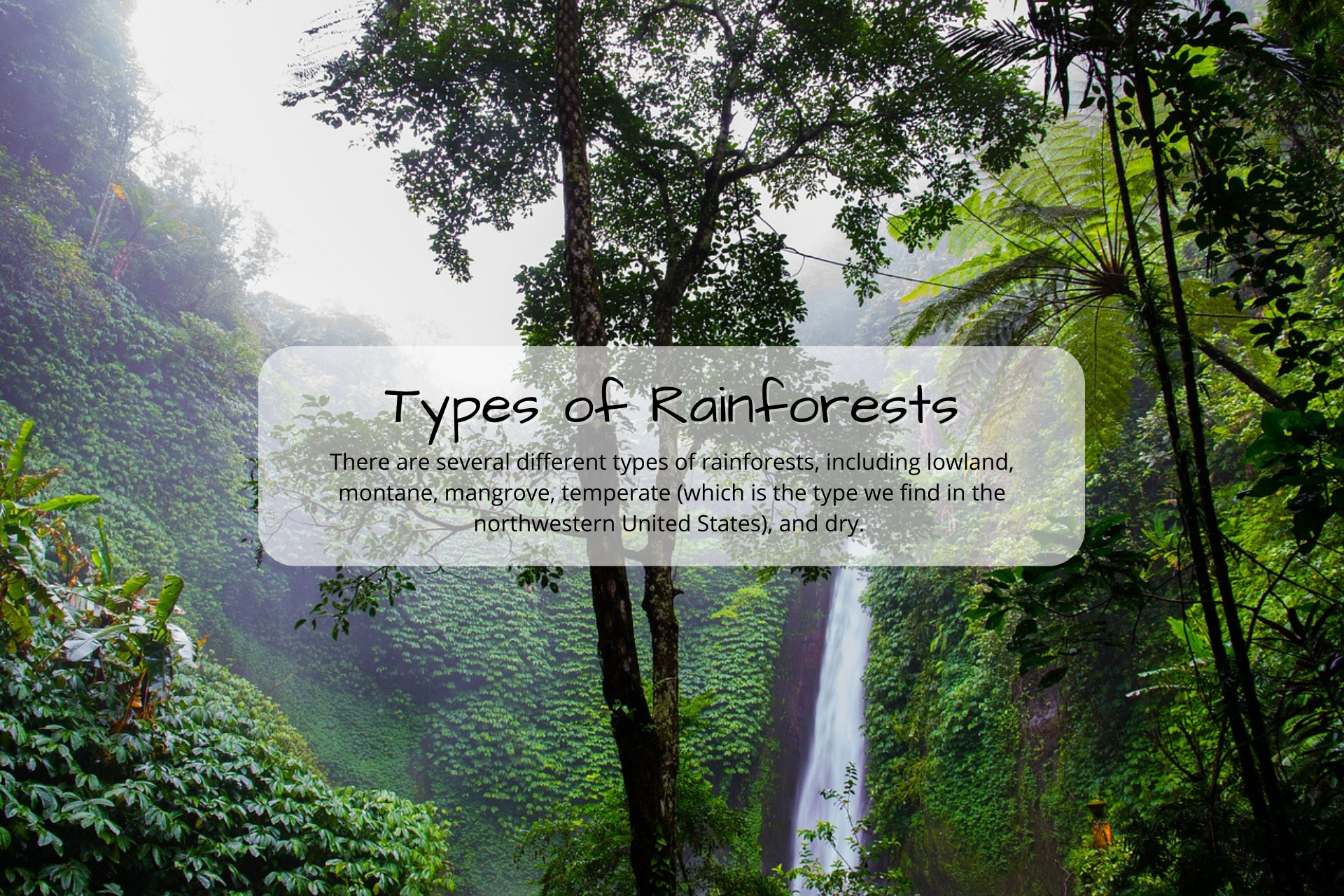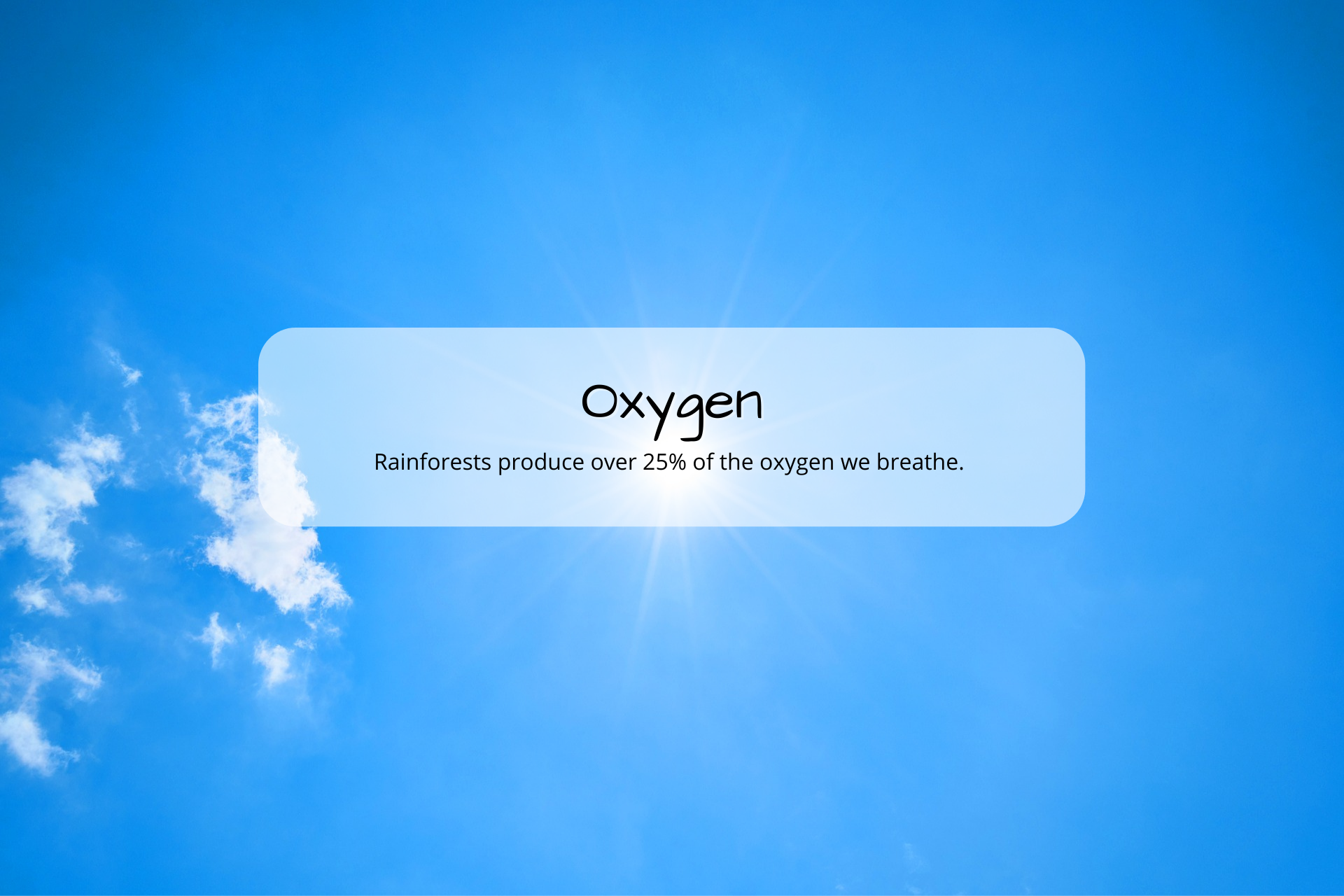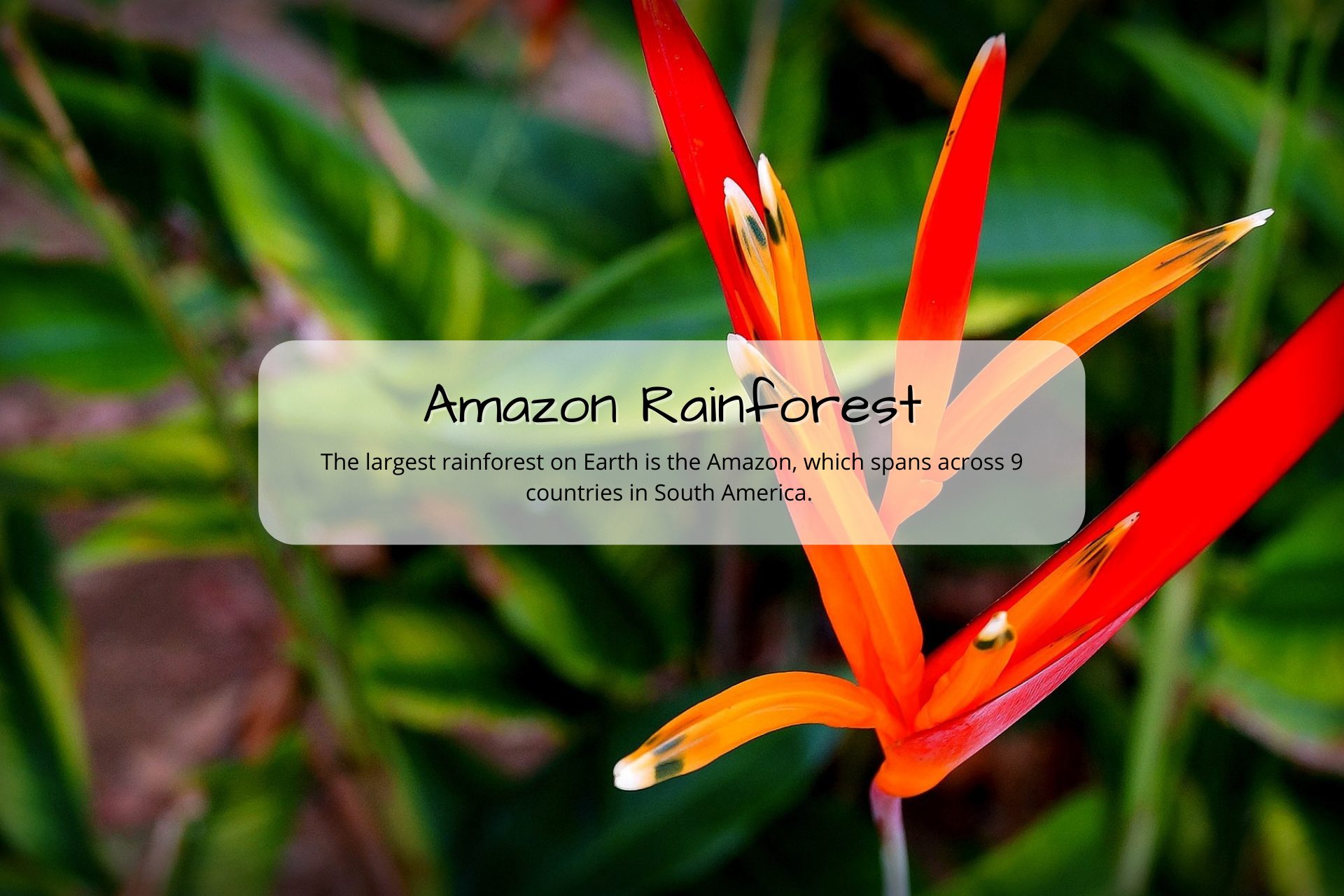
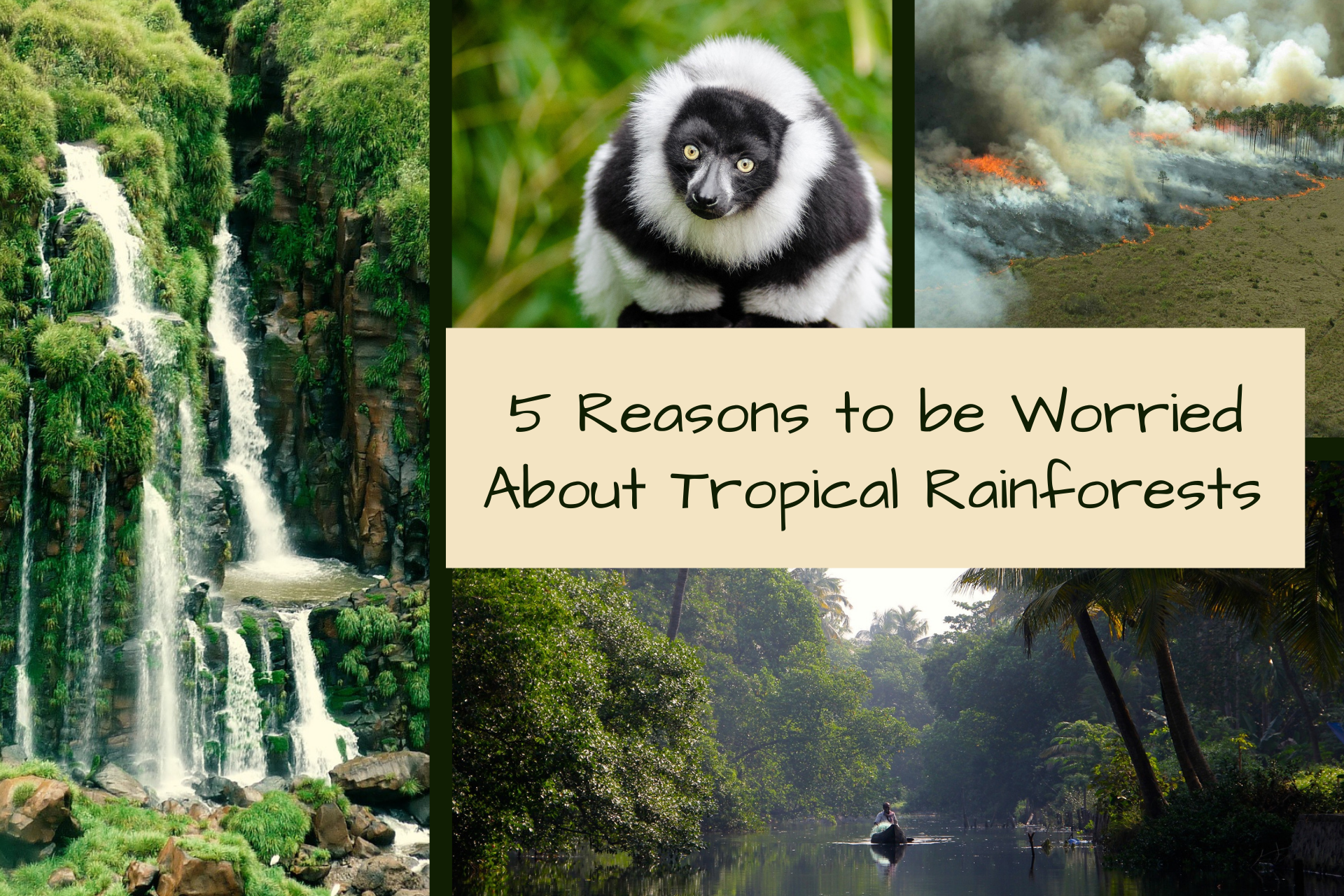
Not long ago, I wrote an informative article on global climate change. There’s a lot going on science-wise when we consider that topic. One of the most vital concepts (and one we’re studying intensely as a possible method for slowing global warming) is carbon sequestration. Tropical rainforests help with that. They serve as very effective carbon sinks, meaning they sequester carbon naturally and with little effort…it’s just part of their life cycle.
That interesting little fact brings us to one of the roots (pun intended) of the climate change dilemma we currently find ourselves in. There is much concern these days over the increased deforestation we’re seeing in countries like Brazil (the Amazon), Guatemala, Columbia, and the Philippines. Land use practices are being called into question by the International Panel on Climate Change (IPCC).
In a recent report by the IPCC, scientists suggest we consider land use as a “front-line strategy” for combating our rapidly-increasing global temperatures. This isn’t news. How we use our resources, including the land itself (and forests), has always and will always impact our climate. However, putting this topic center stage now may help get the word out and affect some positive change.
Please note, this post contains affiliate links. If you click through and make a purchase, I receive a small commission. This doesn’t cost you anything, but it makes me happy…so happy that I might even go out and hug a tree! Thanks for your support! Read my Disclaimer for additional information.
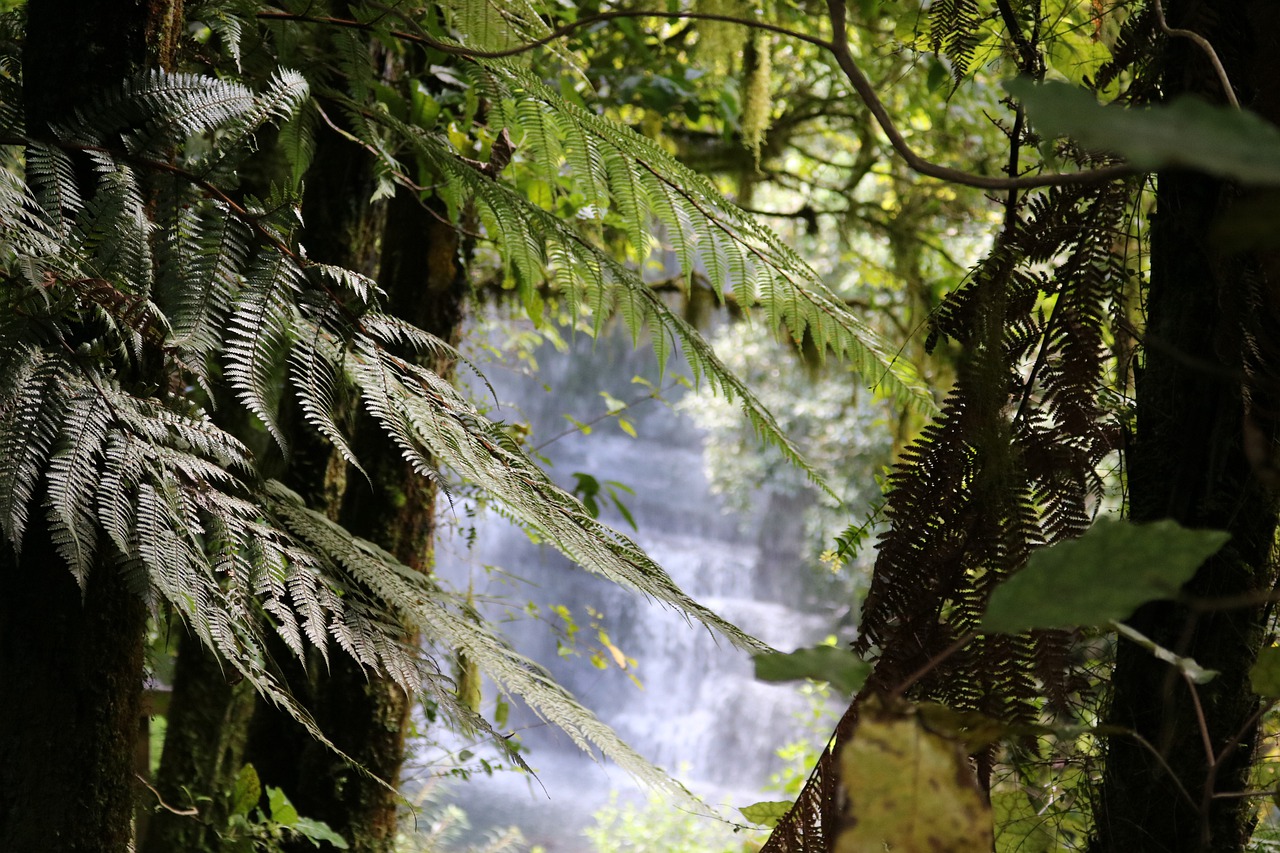
Tropical Rainforest Facts
In order to understand how trees can help us fight global warming, you need to know some basic tropical rainforest facts. Not surprisingly, these facts are quite impressive.
Tropical Rainforests and Environmental Sustainability
The facts above help demonstrate why we should protect the world’s rainforests, but many people don’t truly understand what’s at stake if we don’t. Rainforests aren’t just beautiful and exotic. They also play an important role in environmental sustainability and the overall health of our planet.
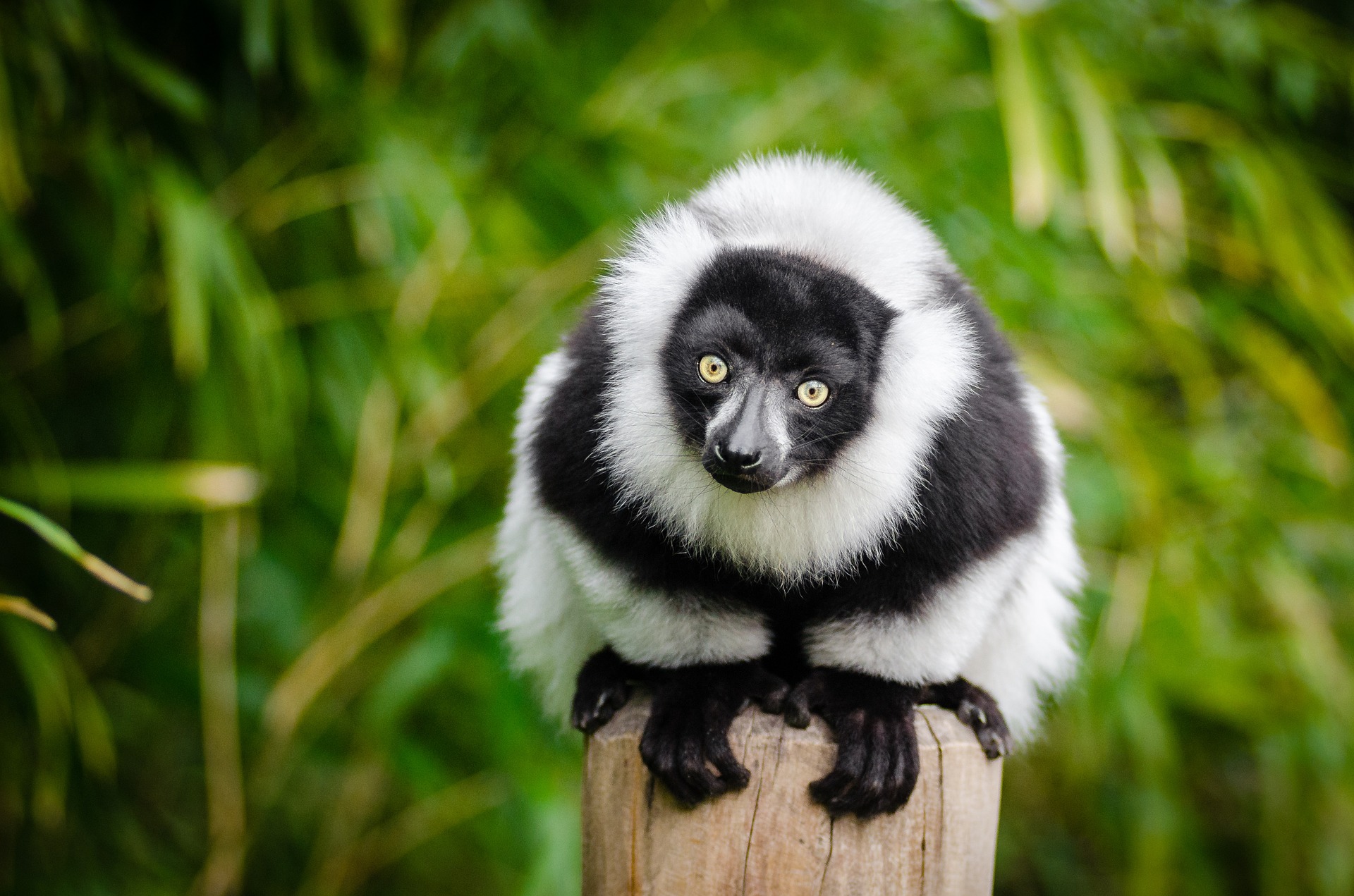
Plants and Animals in the Tropical Rainforest
Over 30 million species of plants and animals call the rainforest home…and many scientists believe we’ve only barely scratched the surface when it comes to life in this amazing biome. For all we know, there could be another 30+ million species waiting to be discovered! Imagine the potential cancer cure hiding in the dark corners of an unexplored tropical forest in the Amazon basin. Are we really willing to risk losing that knowledge?
Soil Erosion
As with any forest, the trees and other plants that live there support the land by holding the soil in place. In a rainforest, most of the nutrients you would normally find in the soil of a temperate forest are tied up in the plant life. This means that when a rainforest is cut down, not only is the soil left with no root system to keep it in place, but the soil that does remain is nutrient-poor (and not good for farming). Heavy rains can easily wash it away, creating flooding issues in lowlands.
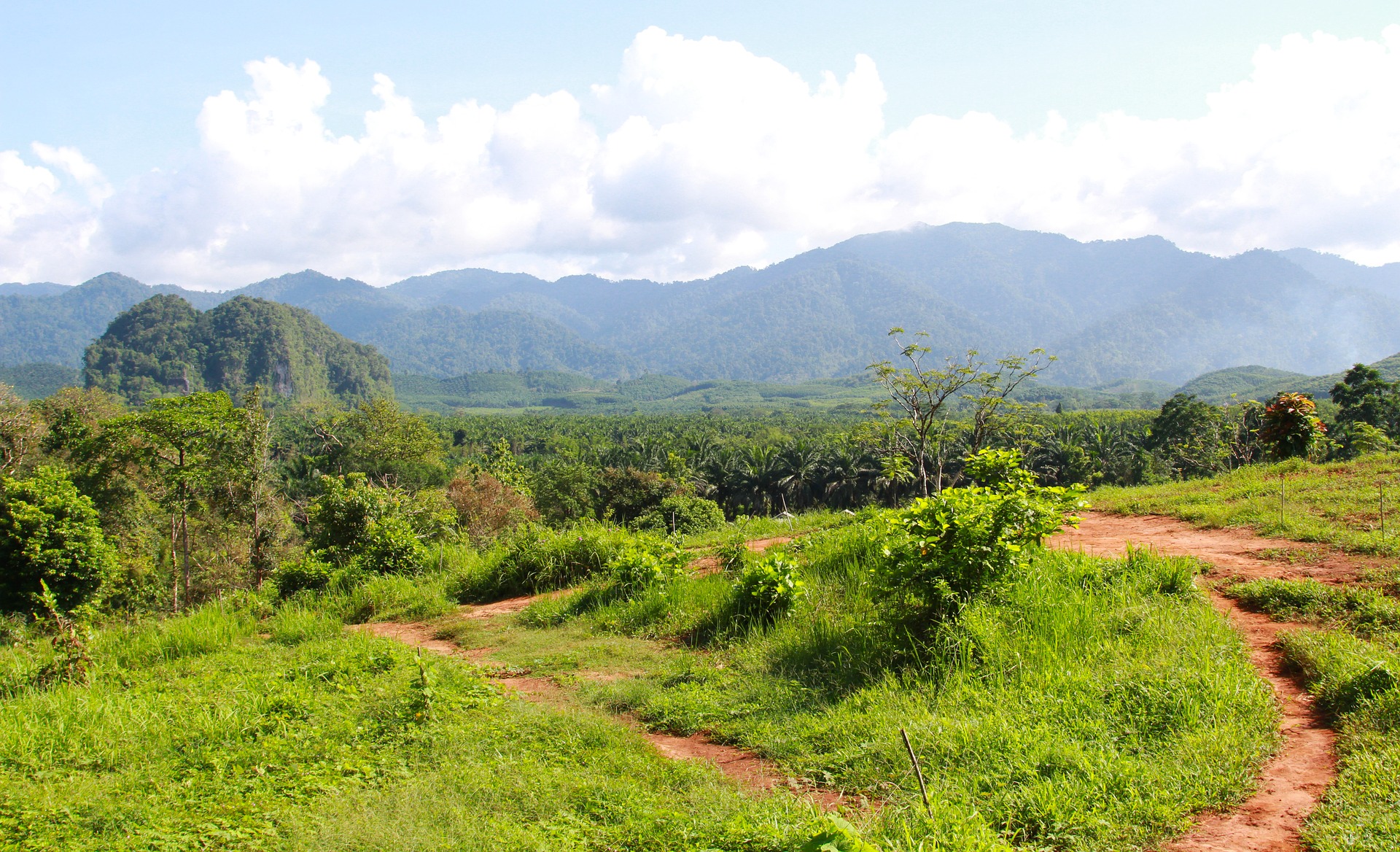
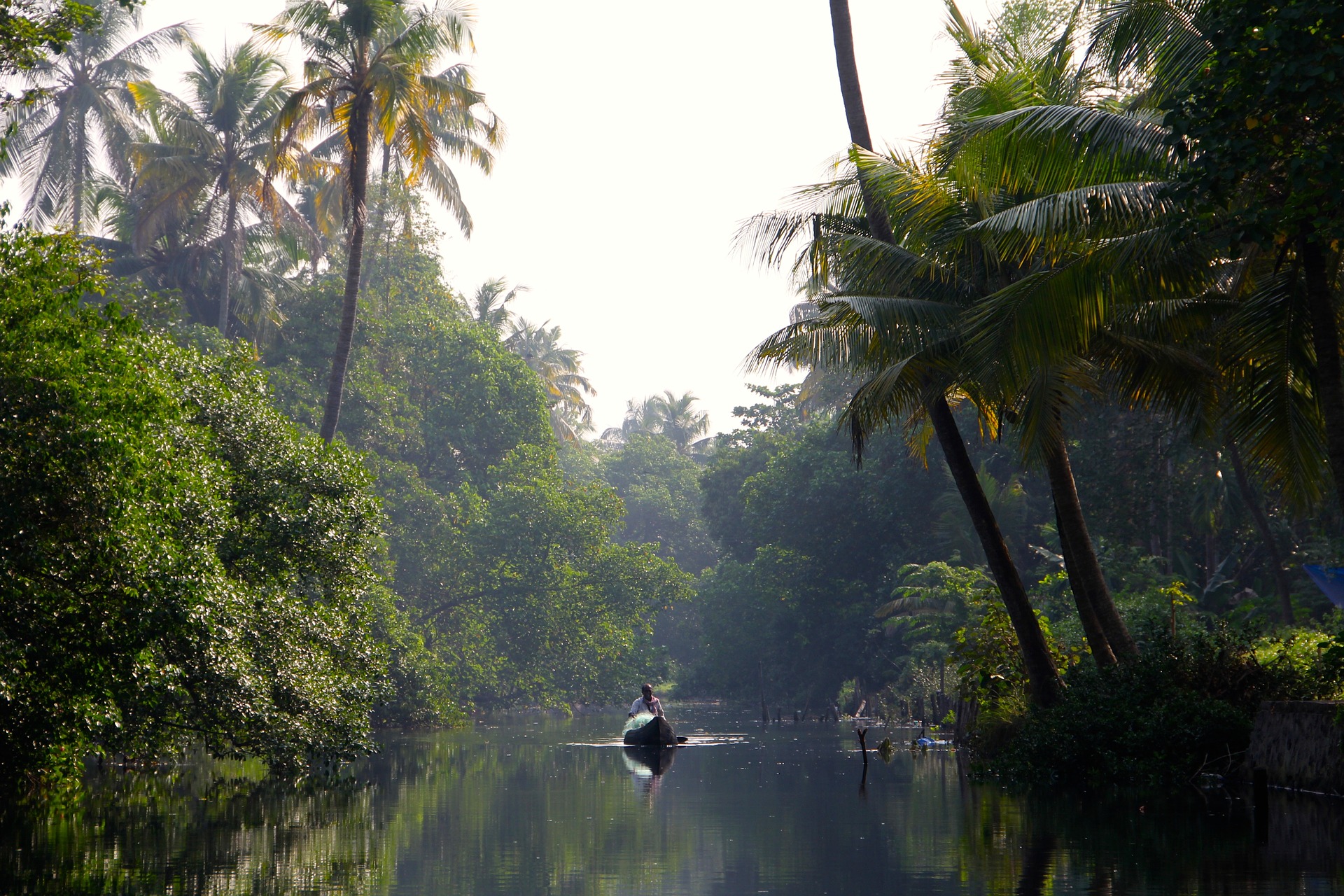
Water Recycling
Rainforests are estimated to store over half of the world’s rainwater. Without these resources to draw water from the soil and release it back into the atmosphere, droughts would become more common regionally, and global weather patterns would change. The water that rainforests recycle feeds rivers, lakes, and irrigation systems around the world.
The Deforestation Dilemma
Humans are the primary opponents of rainforests today, whether they mean to be or not. A constantly growing population and the resulting increase in consumption has led us to the point we’re at now. But is there another way? Do we really need to continue to cut down trees in such a modern world filled with modern technology? After all, we are discovering new materials to replace wood each year. So, why continue to deplete the world’s tropical rainforests at this rate?
Unfortunately, deforestation doesn’t just occur so we can harvest wood. Below are five reasons rainforests are being destroyed at an alarming rate…
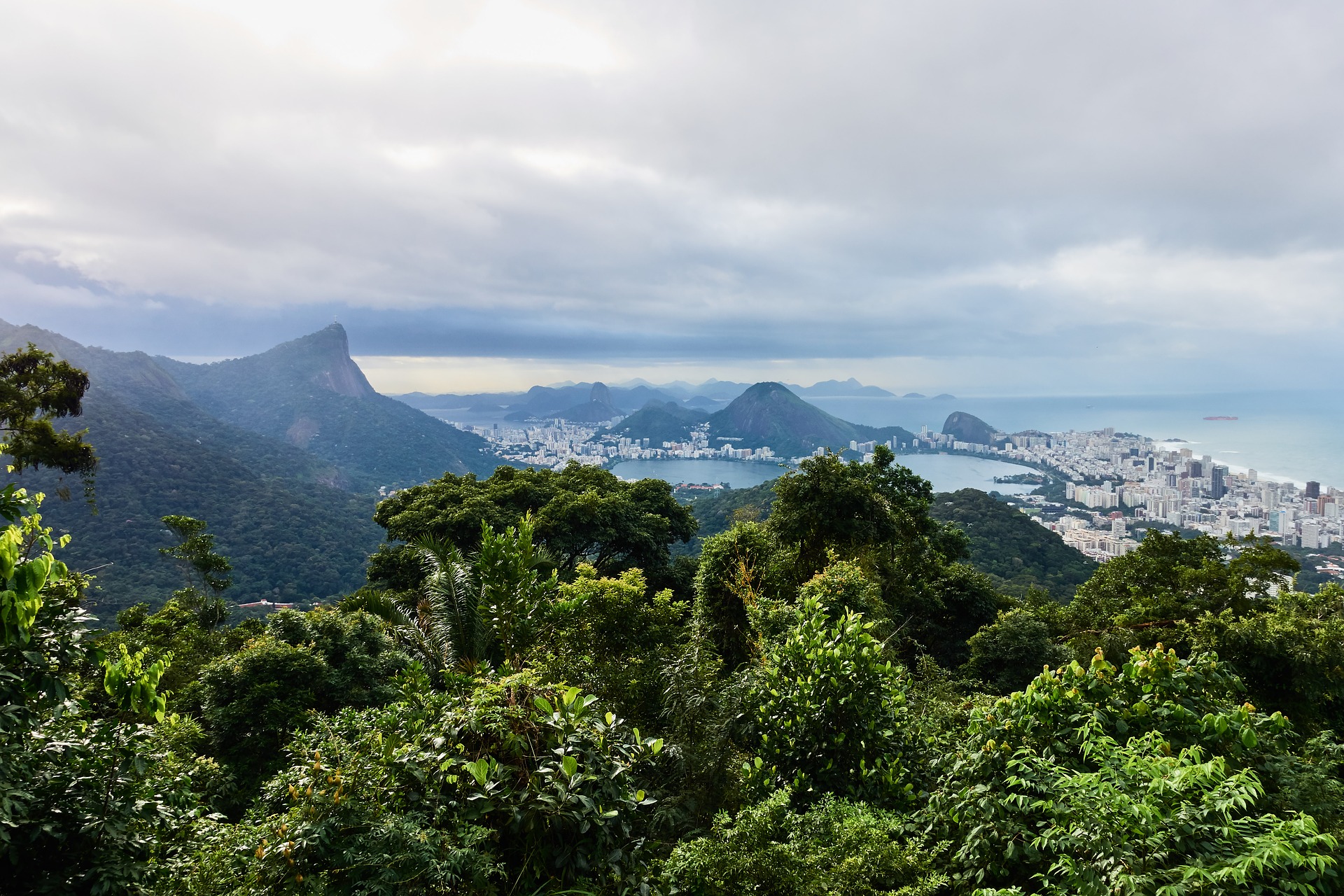
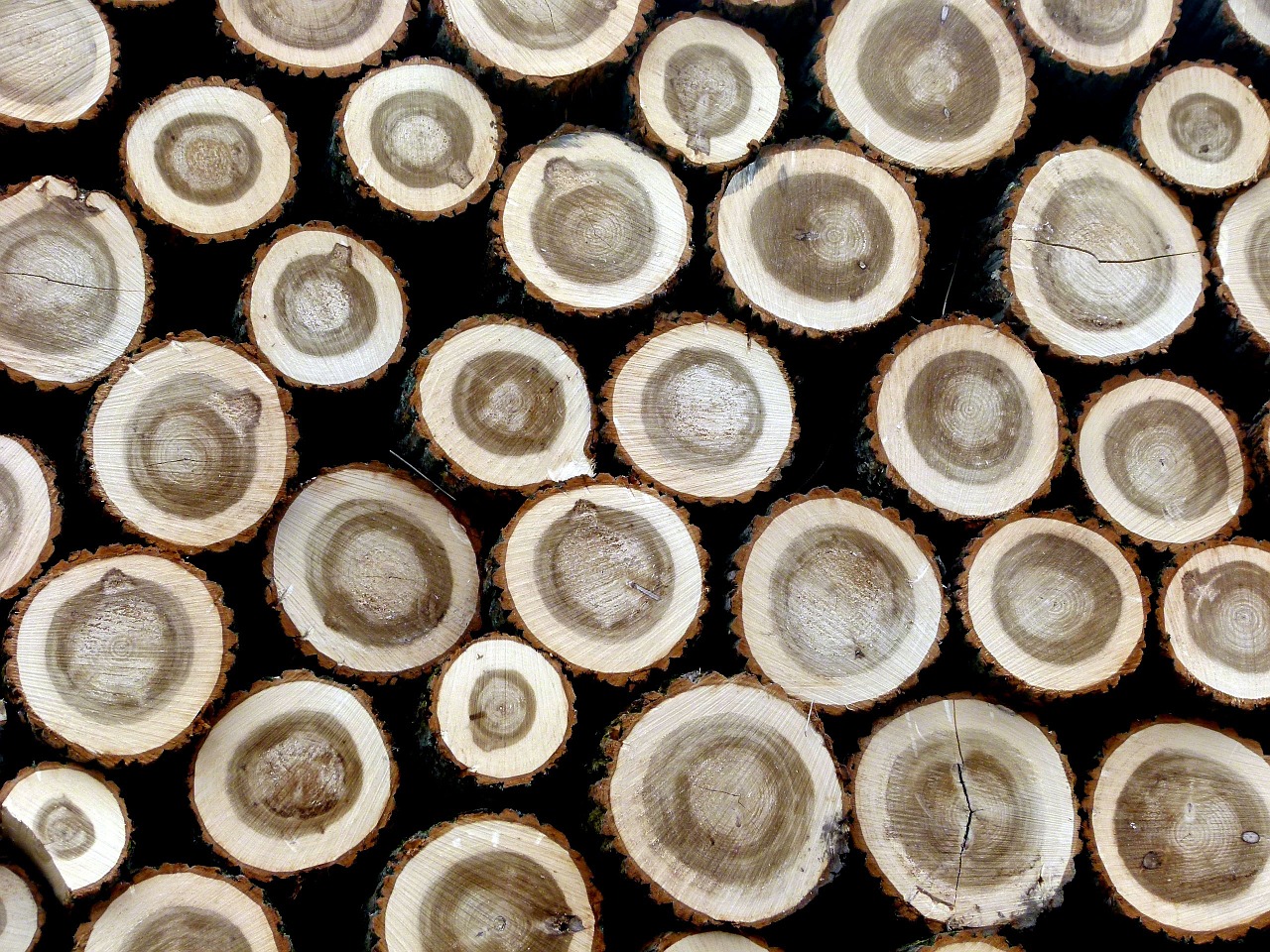
Logging
Logging is one of the primary causes of deforestation. Clearcuts occur over vast areas of land, leaving felled trees for logging companies to harvest. Wood from rainforests is used to make furniture, window frames, charcoal, and wood chips. When shopping for wood furniture, beware descriptors such as “luxury wood,” “hardwood,” or “genuine wood;” these terms typically refer to rainforest species such as mahogany, teak, and rosewood.
Agriculture
The land that’s left behind after logging companies clear out is often converted into plantations (or cattle ranches), which further decimates it. As populations expand, the need for food products such as palm oil, soybeans, bananas, pineapple, sugarcane, tea, and coffee increases as well. It doesn’t take long for the meager nutrients in the soil to be depleted, reducing the sustainability of the land for agricultural purposes.
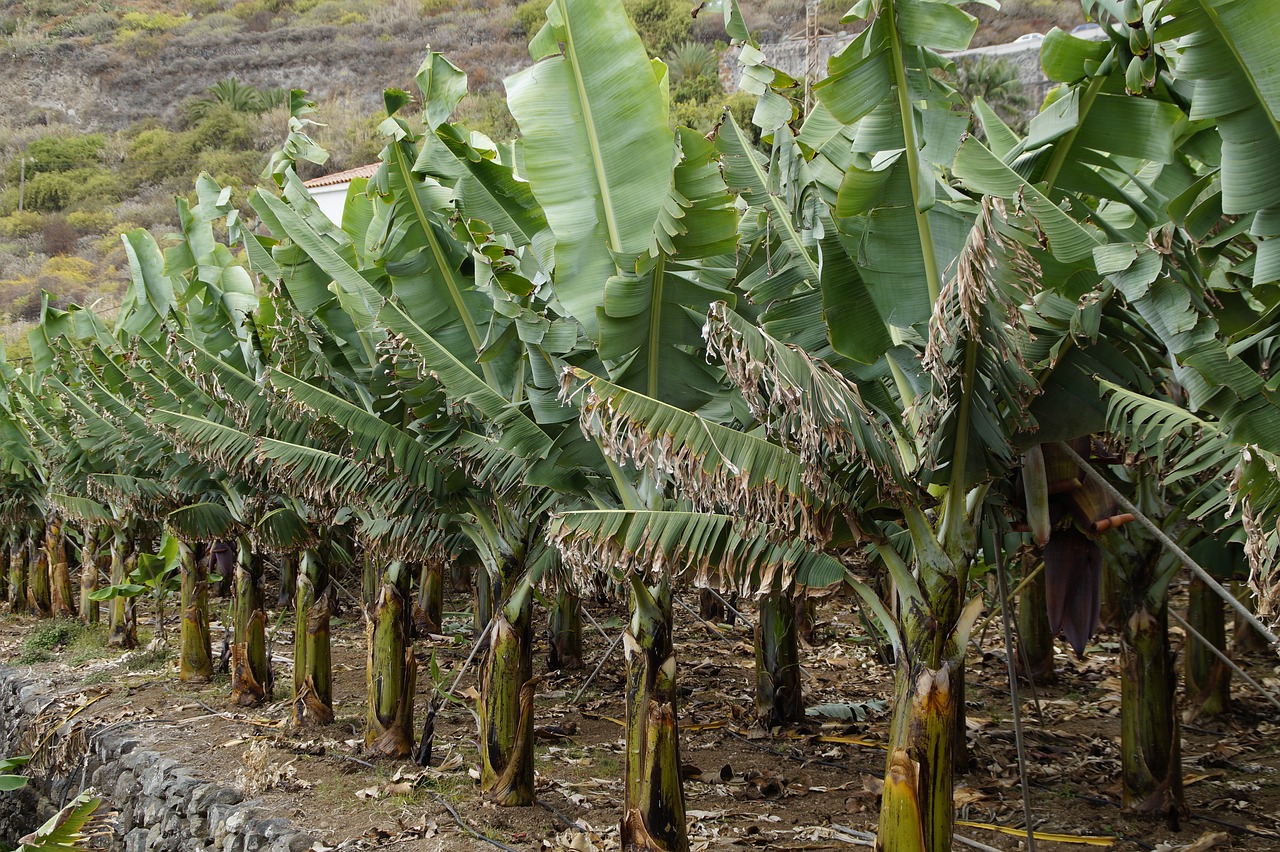

Cattle Ranching
Brazil is a top exporter of beef. With the global demand for beef rising each year, more and more rainforest land in Central and South America is being cleared to support cattle ranches. As with agriculture, the soil soon dries out, leaving ranchers no choice but to burn down more forest to create new pastures.
Mining
Rainforests are also cleared to make way for mining companies and their heavy equipment, miners, and roads. In order to extract minerals such as oil, aluminum, copper, gold, and diamonds from underground, the land above must be accessible. In many cases, poisonous chemicals, such as mercury, are used in the mining process to separate minerals from the soil and rock. These chemicals wash into rivers and pollute the water supplies indigenous people rely on to survive.
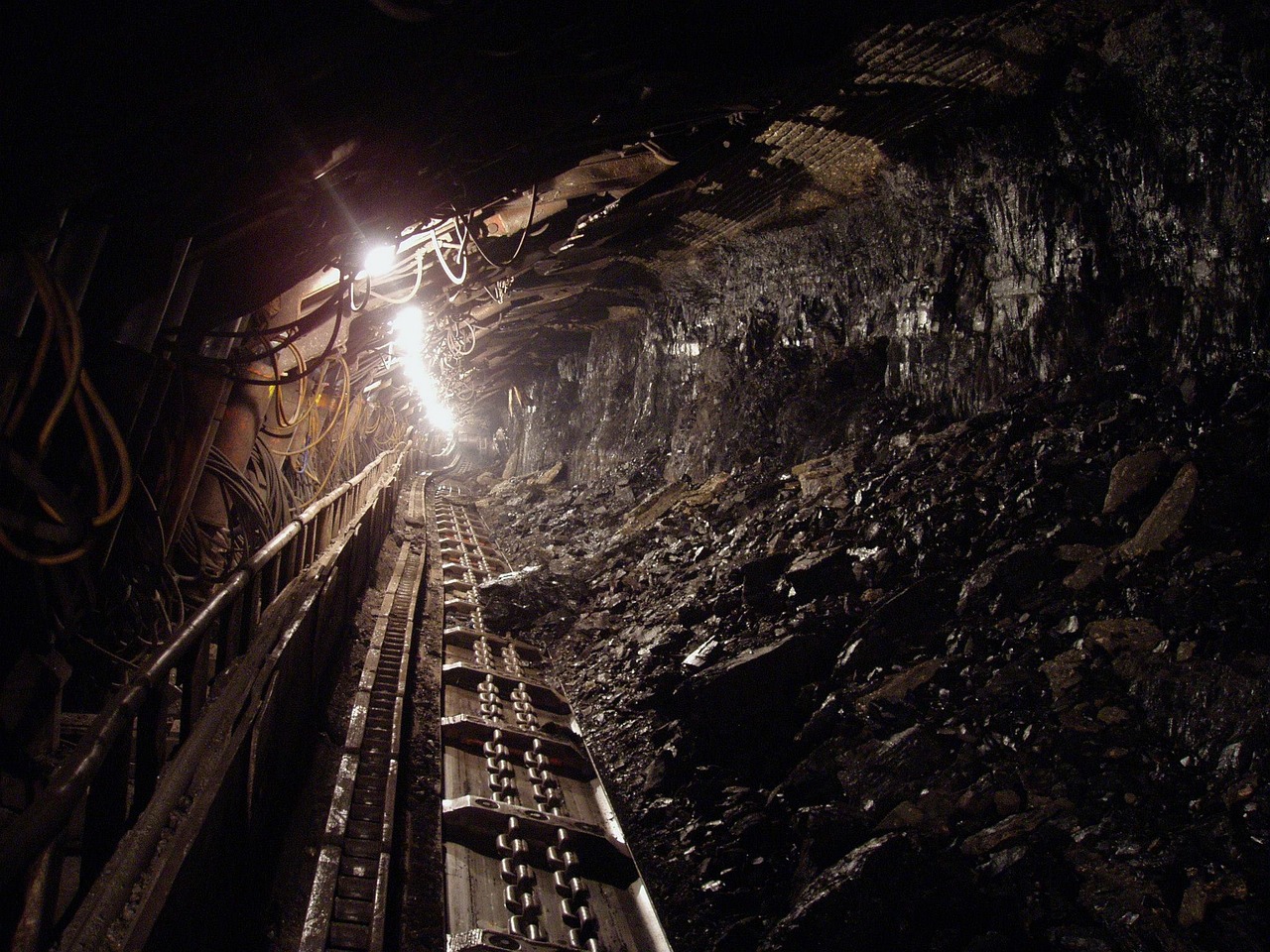

Oil Deposits
Not surprisingly, rainforests are often considered for exploration by oil companies looking for new deposits to exploit. As with mining and logging, these companies clear the surrounding forest to make way for roads and heavy equipment used to extract the oil from underground. Once a viable oil deposit is discovered, pipelines are constructed to carry the oil to refineries. These pipelines can leak or even burst, resulting in further decimation of the surrounding land and water supply.
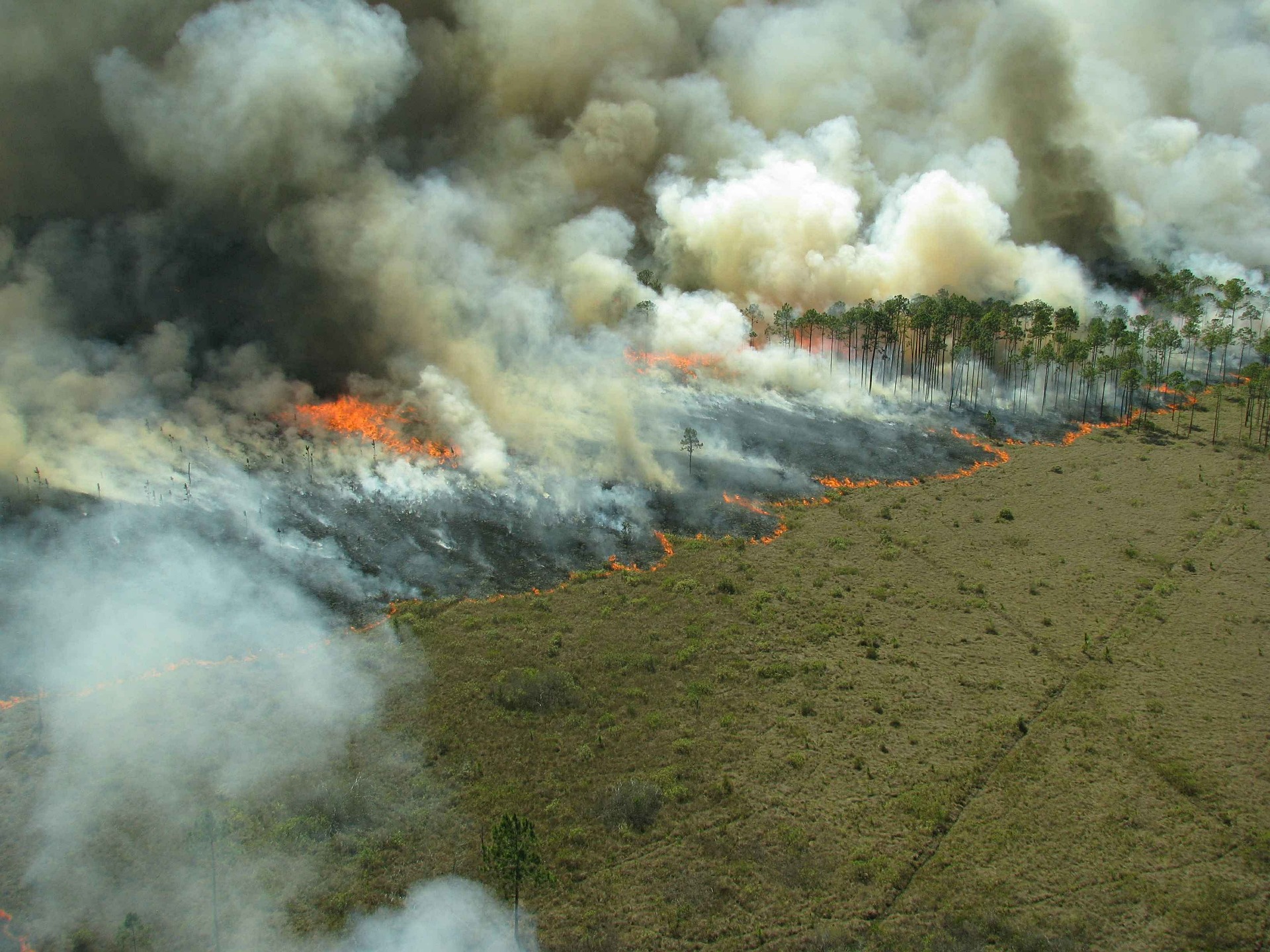
Climate Change and Rainforests
The title of this article suggests we should be worried about deforestation and the loss of tropical rainforests around the world. The deforestation methods listed above are just the tip of the iceberg. Obviously, these practices are detrimental to the land and harmful to the plants, animals, and people who call the rainforest home.
However, if you’re thinking this problem doesn’t affect you simply because you don’t live in or near a rainforest…you would be incorrect.
As I mentioned earlier, rainforests play a key role in the reduction of carbon dioxide (CO2) in the air. During photosynthesis, plants take in CO2 and release oxygen. The fewer plants we have, the less oxygen is available and the more CO2 builds up in the atmosphere. The biodiversity that rainforests produce is unprecedented on our planet, making them a significant source of the oxygen we breathe and a vital partner in reducing carbon dioxide in our atmosphere.
Unfortunately, deforestation of the world’s rainforests is the second major driving force behind our rapidly changing climate. Over 20% of global annual carbon dioxide emissions comes from deforestation. How is this possible?
Many forests are burned to remove unwanted plant life (such as during mining or oil exploration) or debris left behind after logging companies leave. Burning requires fewer man-hours and less equipment. This process releases a significant amount of CO2 back into the atmosphere. When you consider the fact that forests around the globe sequester approximately one-third of the total CO2 in our atmosphere, the continued loss of this vital habitat is extremely dangerous to our health.
“That is why we need to ensure tropical forests are worth more standing than when they are cut down for grazing livestock, growing crops or harvesting timber.”
- David Festa - Senior Vice President for Ecosystems - Environmental Defense Fund
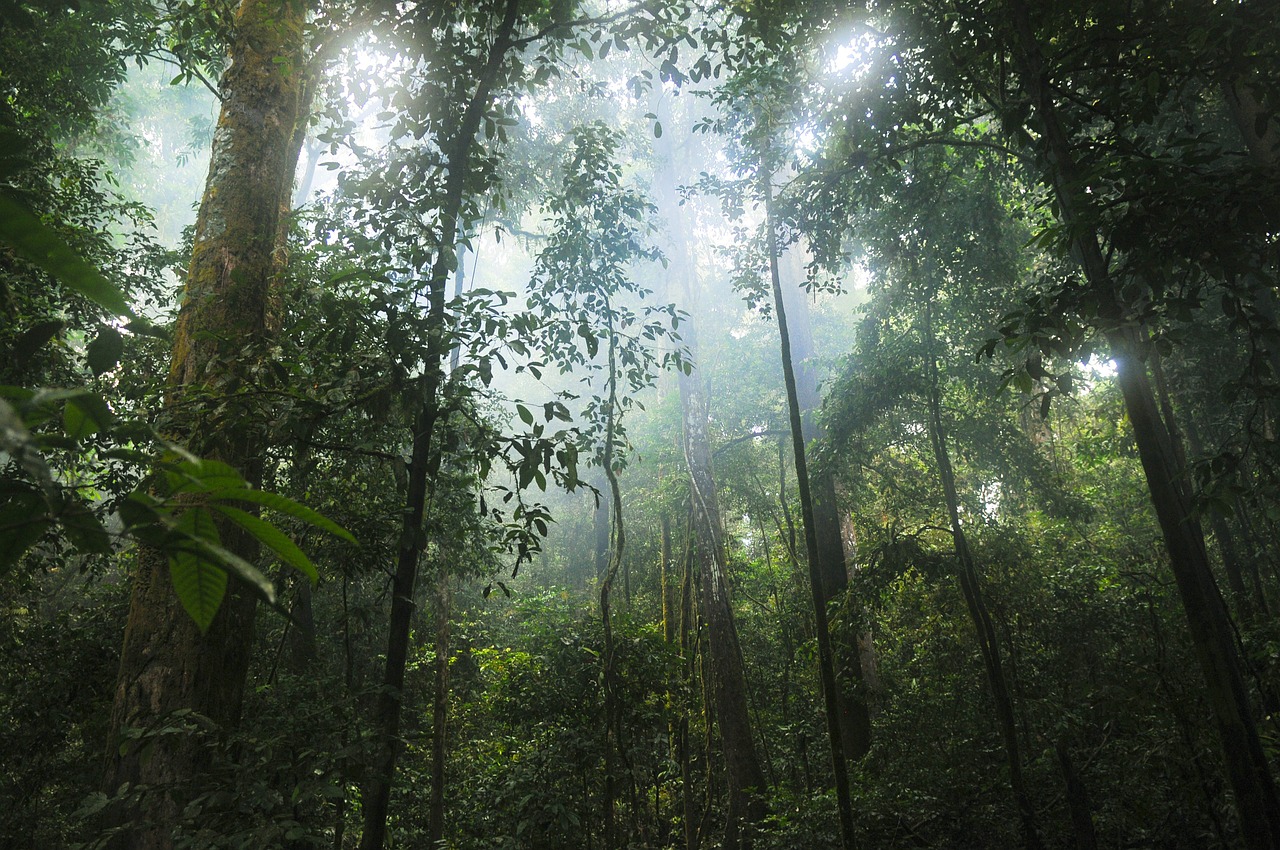
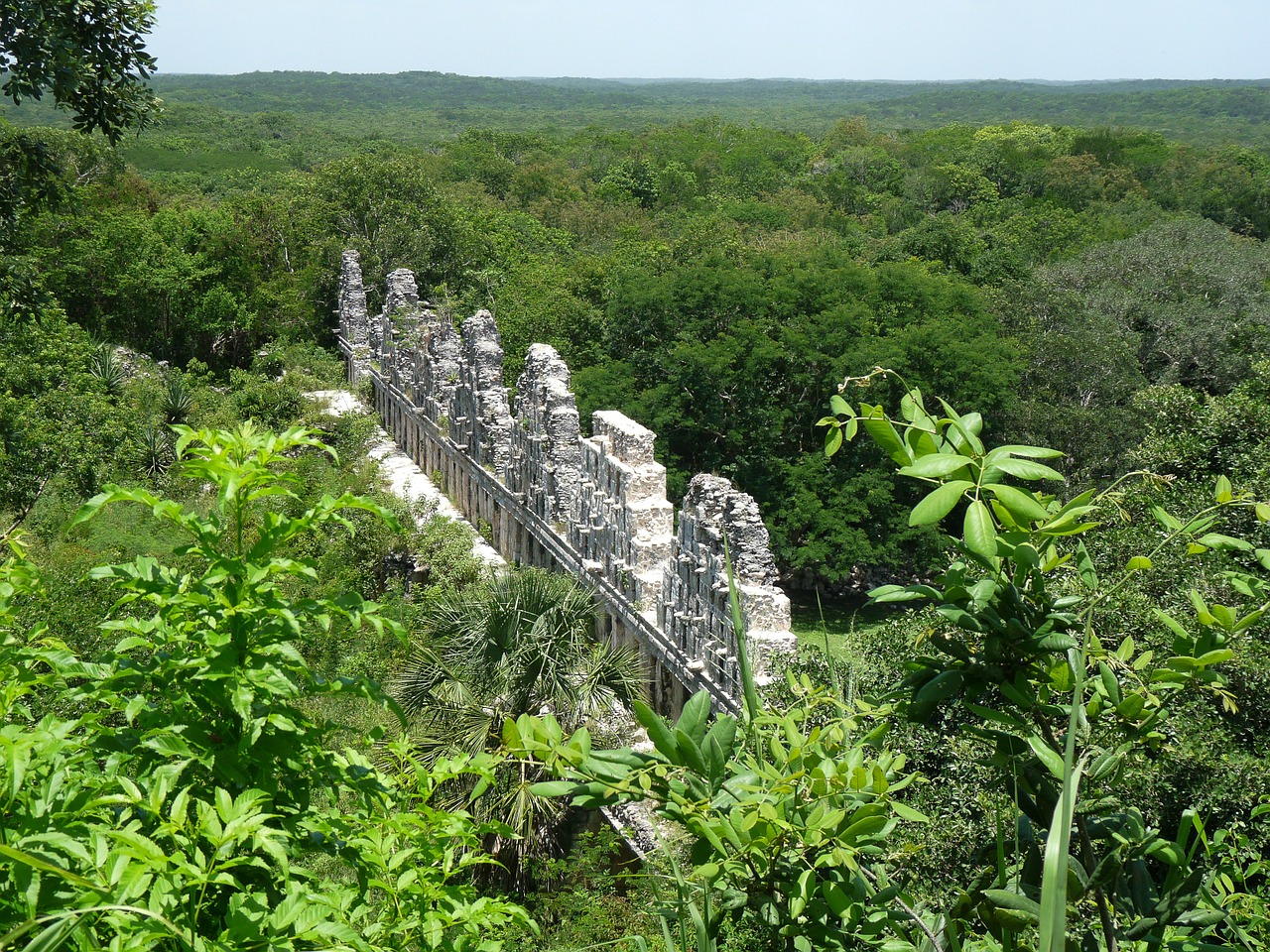
How You Can Help
There are a number of ways we can help fight this problem, even if we don’t live close to a tropical rainforest. Organizations such as the Rainforest Alliance strive to increase awareness of what’s happening to our forests through education and donations. Here are a few other ways you (and your kids) can contribute:
Buy foods that are grown sustainably, meaning they are not produced in a way that harms rainforests, wildlife, or people.
Raise money and donate it to an organization that protects rainforests. You might hold a bake sale, garage sale, or other fun activity.
Teach your children the importance of rainforests, not just from a conservation perspective, but also through the eyes of the indigenous people who rely on them for survival.
Ask your children if they’ve learned about rainforests in school. If not, speak with their teachers and suggest a unit on rainforests. There are lots of websites that offer fun learning activities, forest games, science experiments, and art projects related to rainforests.
Pay attention to the wood you purchase, particularly furniture. There are plenty of environmentally friendly, local wood products, such as oak, walnut, or pine, that look just as elegant as the rainforest products made of teak, mahogany, or rosewood.
Try to use less paper and purchase products that don’t use a lot of packaging. Buy recycled paper and reuse paper whenever you can (the back side works just as well as the front).
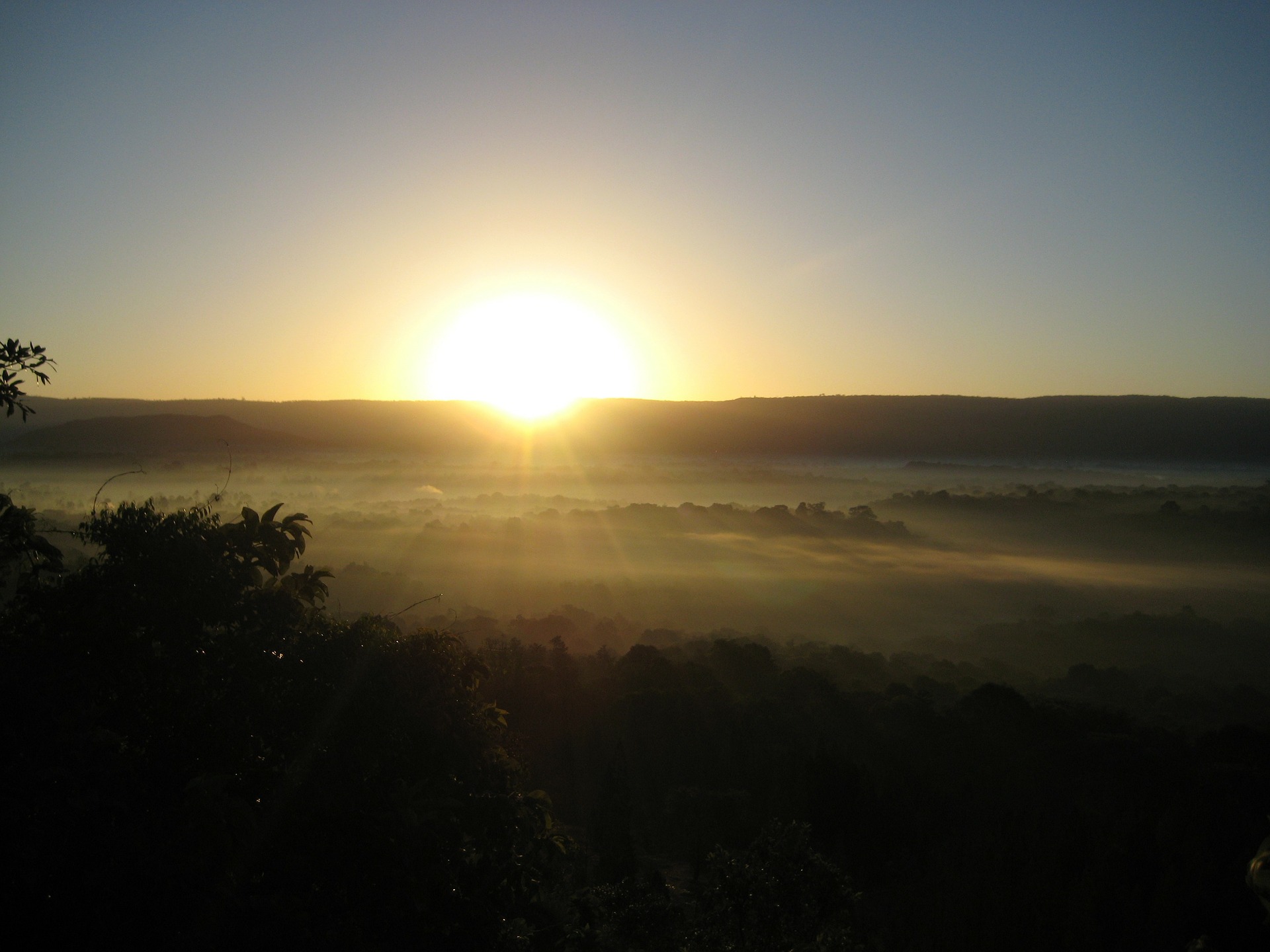
It's Not Too Late
Saving the world’s rainforests isn’t a lost cause. Working with local residents, regulating logging, and limiting oil exploration and mining are tough considerations, but the results of such efforts would not be wasted.
“Our options in terms of protecting, restoring and expanding forests are immediately available, proven at scale, and often very cost-effective, while also providing benefits for clean air, water, biodiversity, soil health, climate resilience – you name it."
- Katharine Mach, Climate Researcher and Associate Professor - University of Miami
Ultimately, what happens to the rainforests over the next few decades determines our fate as a species. Ignoring the implications of that fact and continuing to destroy thousands of acres of forest each year would be a mistake, but that’s what’s currently happening around the world.
We all have a stake in this. We all have a voice. It’s time we really consider the first…and use the second. I’ll leave you with this parting thought from noted biologist, Edward O. Wilson:
“Destroying rainforest for economic gain is like burning a Renaissance painting to cook a meal.”
- Edward O. Wilson, Author and Biologist
I think we can do better. What do you think?
Related Articles
If you enjoyed this article, you may wish to read these as well!

7 Reasons to Plant a Tree
As I was typing the title for this article, I realized that most naturalists and conservationists don’t really need a handful of reasons to plant a tree. You already know that trees affect positive environmental change wherever they take hold of the Earth. If you’re one of the lucky ones, your home or neighborhood is already surrounded by trees. If not, maybe this article will give you that extra boost to get out there and plant a tree with your kids...
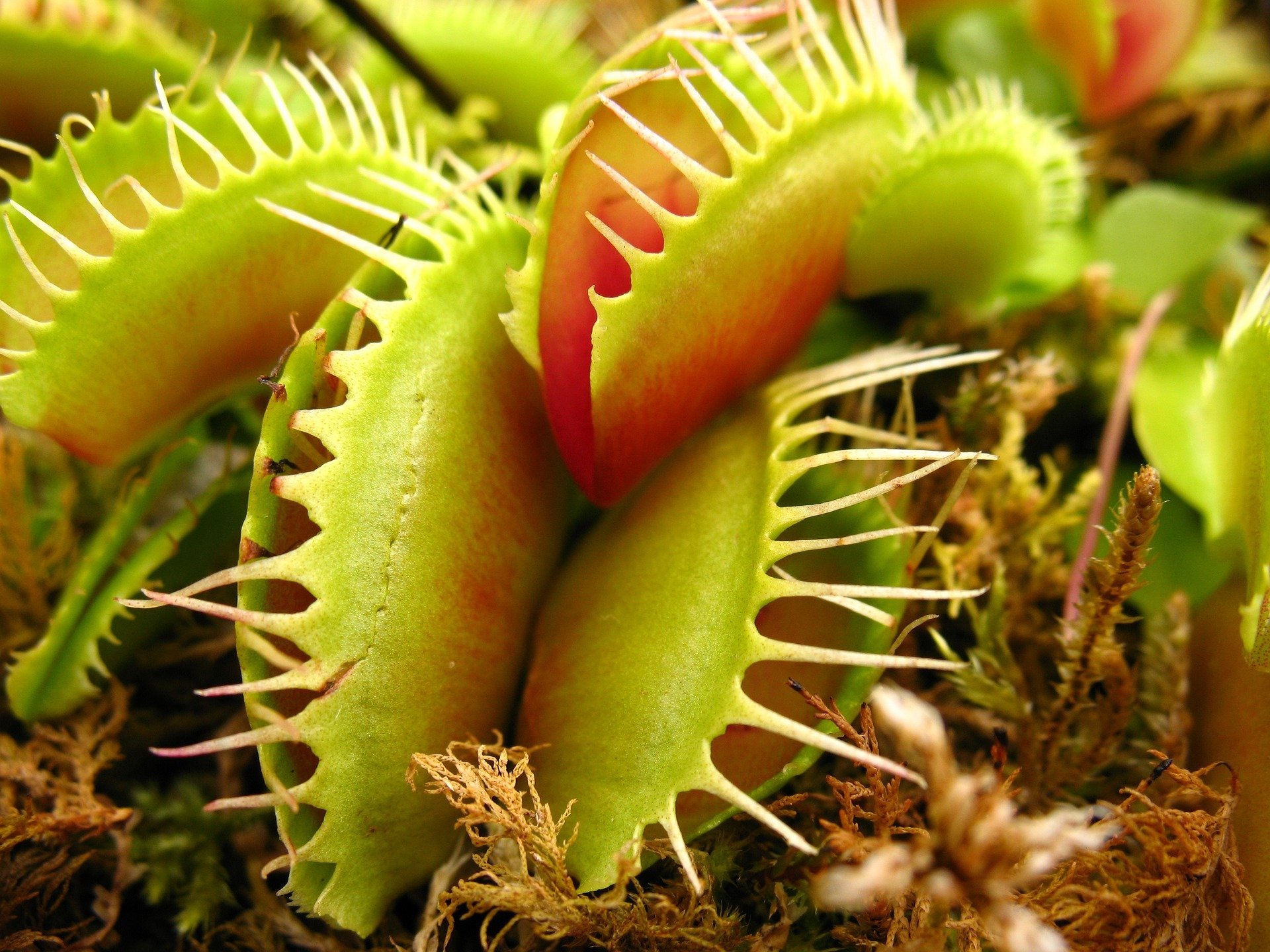
Cool Carnivorous Plants
We’ve all seen the famous (or is it infamous?) Venus flytrap do its thing, right? This is one of the coolest carnivorous plants on the planet, and thanks in part to "Little Shop of Horrors," it’s a pretty well-known one too. In this iconic musical, the plant (known as Audrey II) comes from outer space. However, in the 1960 movie, the star of the show is a cross between a Venus flytrap and a butterwort, both real carnivorous species...
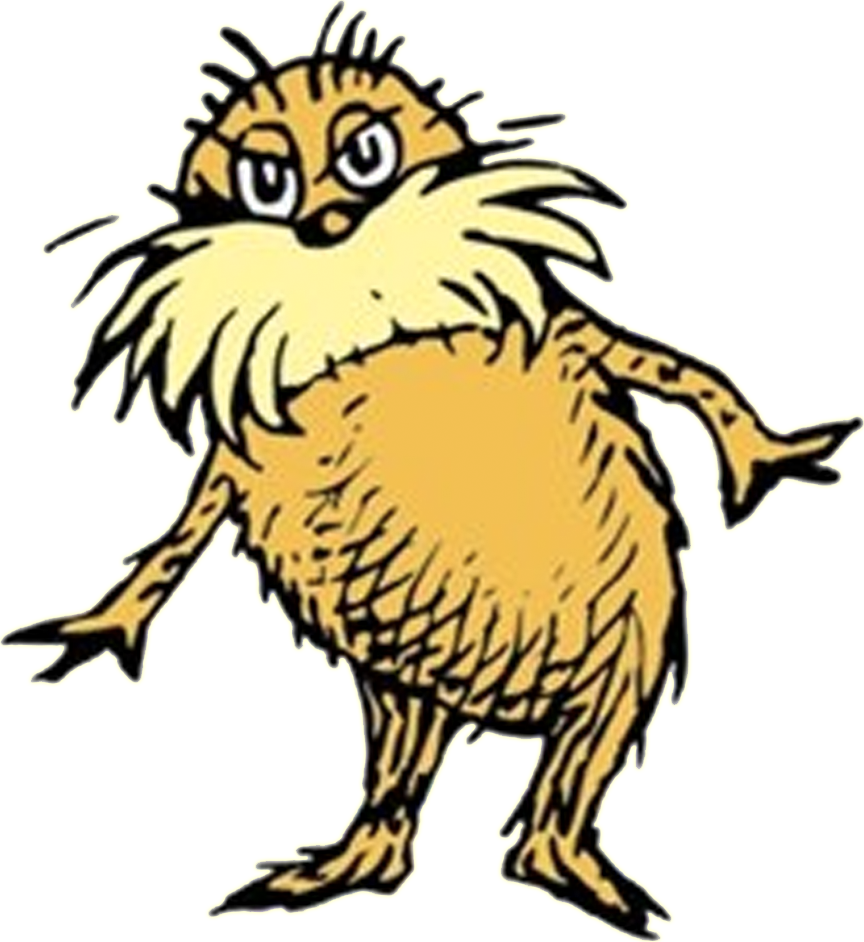
A Lorax-Themed Classroom
The Lorax is one of Dr. Seuss’ most beloved classics. Not only is it a great story for all ages, but it focuses on a nature theme. In my humble opinion, it’s never too early to introduce conservation practices to your children. Whether you teach preschool or 4th grade…or even homeschool…you can’t go wrong inviting the Lorax to visit your kiddos...
